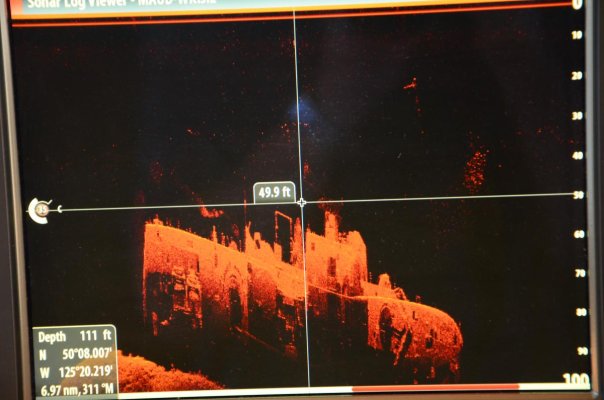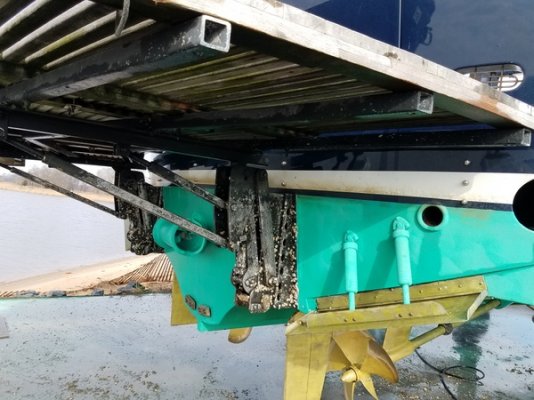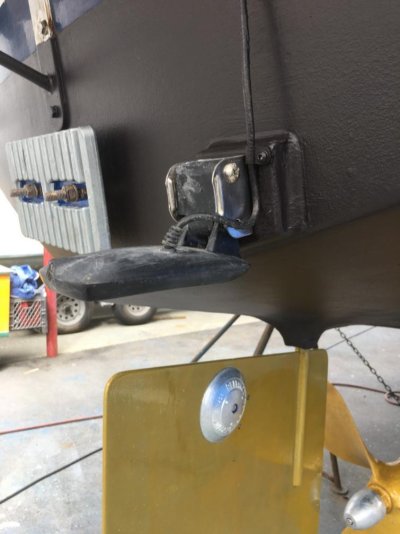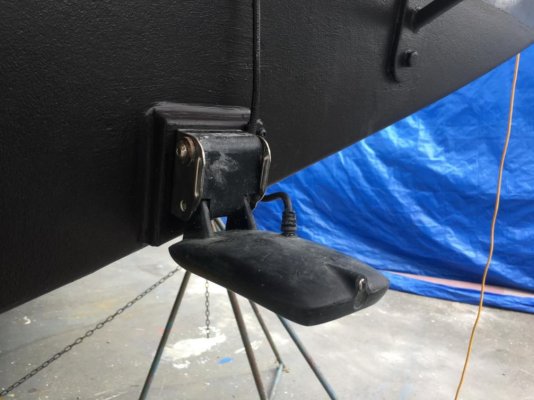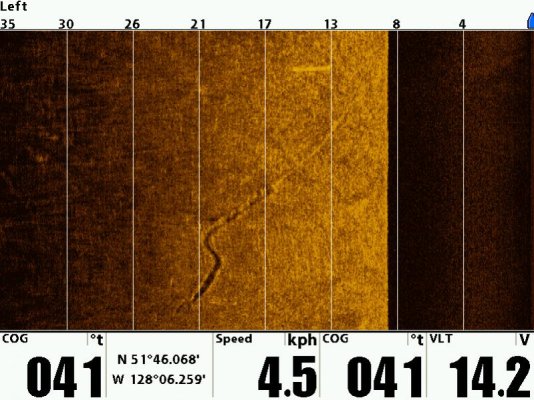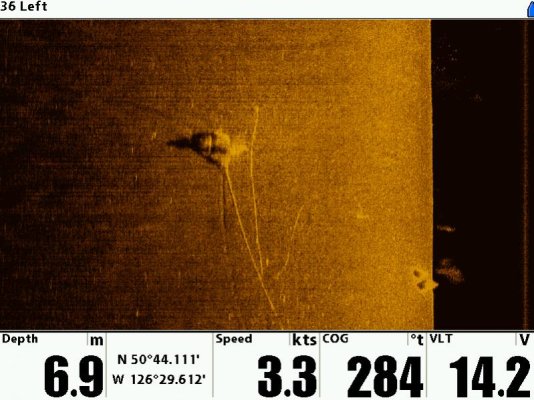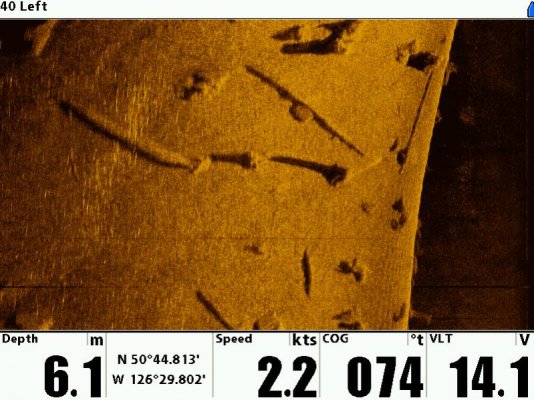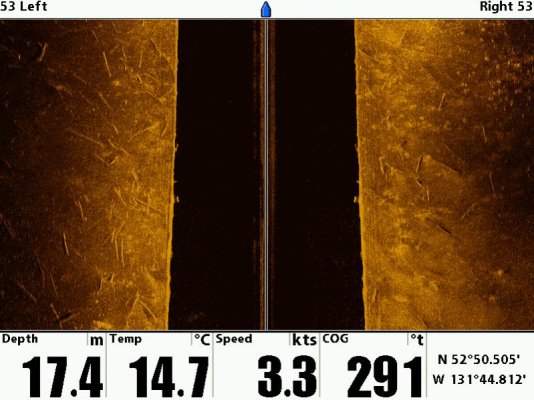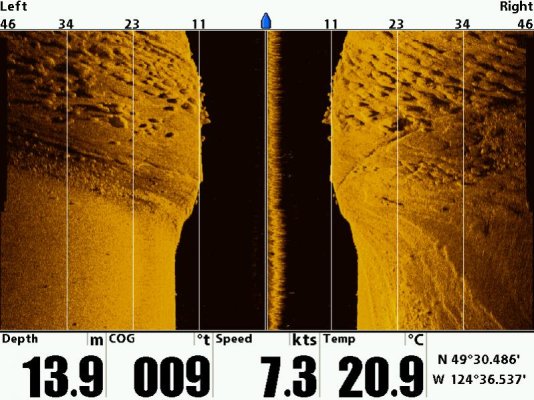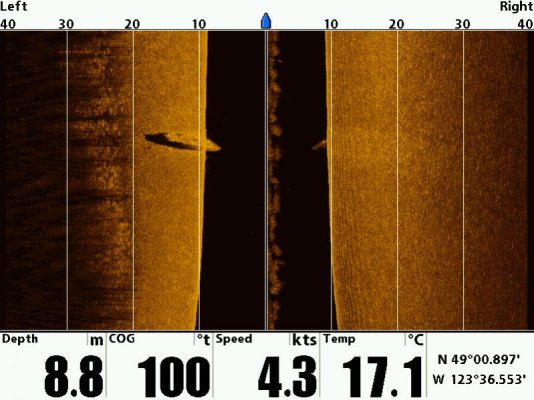wkearney99
Guru
- Joined
- Feb 17, 2018
- Messages
- 2,189
- Location
- USA
- Vessel Name
- Solstice
- Vessel Make
- Grand Banks 47 Eastbay FB
Anyone played around with any of the sidescan sonar systems?
I've always been interested in them, if not for actual fishing, just for curiosity about the sea floor I'm traveling over. Stuff like Simrad G07XSR with the TotalScan transducer comes in at a pretty inexpensive entry point. It'd be interesting to make use of one of those. Not necessarily as a primary chartplotter, but as an added network display for data, along with the sonar imagery.
If I'm going to move things around but not commit to a total replacement of all four 12" chart plotters something like this could be a fun interim taste of more recent features.
Anyone had one of these onboard and care to comment about the experience?
I've always been interested in them, if not for actual fishing, just for curiosity about the sea floor I'm traveling over. Stuff like Simrad G07XSR with the TotalScan transducer comes in at a pretty inexpensive entry point. It'd be interesting to make use of one of those. Not necessarily as a primary chartplotter, but as an added network display for data, along with the sonar imagery.
If I'm going to move things around but not commit to a total replacement of all four 12" chart plotters something like this could be a fun interim taste of more recent features.
Anyone had one of these onboard and care to comment about the experience?

